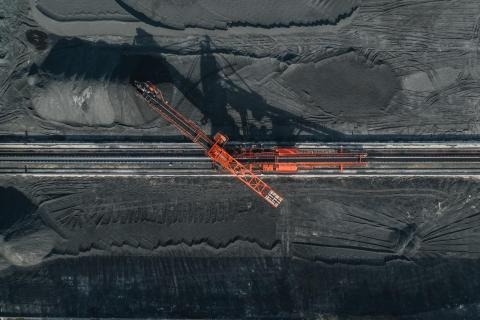One of the former Department of Foreign Affairs and Trade officials involved with a new group “Diplomats for Climate Action Now” recently voiced regret that during his decades representing Australia, he never really got to promote climate leadership.
What would it look like if Australia’s diplomacy were given the job and resources to be as active as possible in pursuing global climate goals? A new report from the Asia-Pacific Development, Diplomacy & Defence Dialogue (AP4D) offers a vision.
Five steps would be essential to put the plan into practice.
First, Australia should play an active and consistent role in multilateral forums and organisations in support of global climate goals. A key challenge is to build trust. Australia could help foster support by taking a leading role in promoting international processes in climate financing. Australia could use its talent for devising rules to develop governance around global climate agreements.
Second, in Australia’s region, the necessary green energy transition will require the establishment of relevant regulations, standards and certification regimes. Australia should focus its diplomacy on creating green energy pathways in the region, including working bilaterally and through multilateral institutions.
If Australia is able to transform itself into a renewable energy superpower, helping meet Southeast Asia’s energy needs, it will gain greater heft in terms of regional influence.
Third, Australia can support climate leadership through its development cooperation program, for example through the establishment of an ASEAN electricity market. This goes beyond opportunities in renewable energy cooperation. Australia can also collaborate on sustainable land management, limiting the encroachment on wild habitats and exposure to zoonotic disease, and focus on marine innovation and preservation. The protection and careful management of wild habitats and marine environments presents an opportunity to bring Indigenous perspectives to the fore, allowing for the integration of traditional knowledge and local wisdom into contemporary climate change dialogue and responses.
Fourth, Australia’s knowledge base will enable it to work with the region to develop renewable energy and other technology through research partnerships. Australia can become an educational partner to develop climate skills through scholarships and training across the tertiary sector, as well as become increasingly involved in low-emissions technology partnerships.
Finally, Australia must take care to recognise that it is not the only player in this space. For example, on the development of a green energy market in Southeast Asia, Australia has the ability to work with other countries such as Japan, China and South Korea. Australia should be realistic about its value-add. Australia can use its membership in minilateral groupings such as the Quad to progress its vision on climate change.
Such an approach has clear diplomatic dividends for Australia. Being seen as a climate leader in Southeast Asia will bring Australia positive benefits in terms of its image and soft power. It will demonstrate that Australia is listening to the needs and wants of its neighbours and will help Australia develop a national identity more closely linked to its neighbourhood.
If Australia is able to transform itself into a renewable energy superpower, helping meet Southeast Asia’s energy needs, it will gain greater heft in terms of regional influence. The objectives should include directly supplying energy (via cable from northern Australia and green hydrogen shipped from elsewhere in the country), exporting green commodities, developing associated infrastructure and providing the critical minerals used in renewable technology such as solar panels and electric vehicles.
By working with Southeast Asian governments on policy creation, including establishing regulations, standards and certification regimes for the energy transition, Australia stands to benefit from the “habits of cooperation” far more than in areas limited to tackling climate change.

